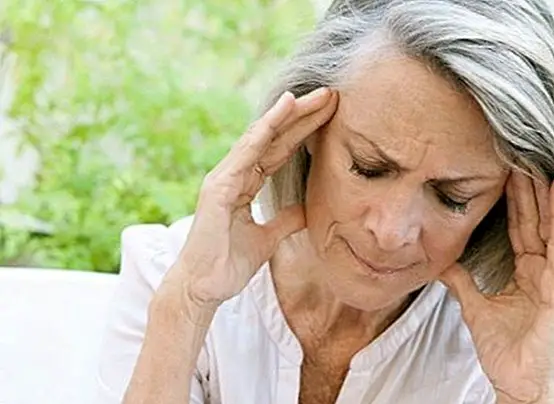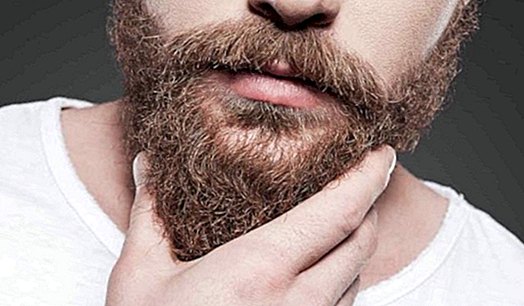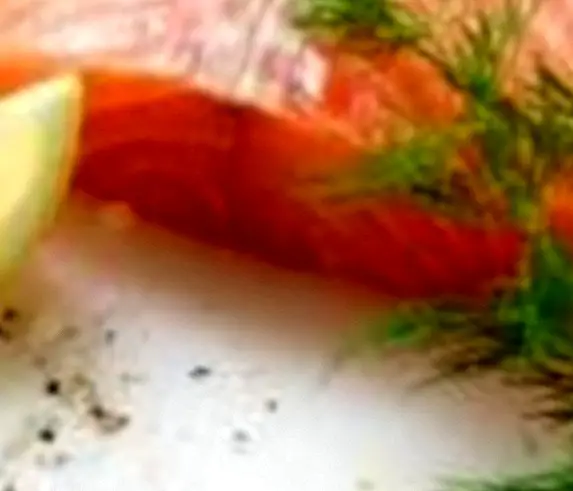What to do if the baby or small child is hit in the head?

The blows to the head are tremendously common and frequent in childhood. And, although the vast majority, tend to produce as a result of accidentsaccidental, it is very common that a head injury (medical name appropriate to this type of blows) causes parents a great feeling of guilt. Guilt is joined by worry and fright.
If you have children, it is quite likely that you have already experienced this type of situation at some other time. Whether in your room or in the living room playing, in the park while playing with your friends, or even while sleeping in bed, falls and blows to the head are very common in the day to day of the youngest of the home.
And, even more, tends to scare more a fall of the bed in the middle of the night, especially if we are deeply asleep and the blow against the ground (and later crying the small) wakes us up.
But, when should we worry? And, above all, what can we do when our baby or our small child is hit in the head by a fall?
What symptoms appear after a blow to the head?
Apart from the crying that the child or baby may have as a result of pain and / or fright, it is common for a series of symptoms to emerge that usually tend to arise after a head injury. The least worrisome are the following (1):
- Pain in the area of the blow:Especially in the area where the blow occurred. Initially, the most common is that the blow is much more intense, and then gradually decrease with the passing of the hours.
- Headache:It is also common for a weak posterior headache to develop after a few hours.
- Bump:It occurs as a result of inflammation, which is in fact immediate, as well as by the rupture of blood vessels or lymphatic vessels, which accumulate in the area. They are more common in areas of the head where there is not much tissue, such as between the bones of the skull and the skin.

What other symptoms do we have to be alert to? Which ones can be worrisome?
In most cases, especially if the fall has occurred without much height or high speed, it is rarely serious. However, special attention should be paid to the following symptoms, and to go to an emergency service in case they appear (2):
- Loss of consciousness, tendency to sleep, vomiting, blurred vision, severe headache.
- We must also warn of the possible existence of alterations in coordination, gait or speech.
In addition, it is vital to pay special attention to certain warning signs, especially during the next 24 to 48 hours after the coup. For example:
- Intense sleep or difficulty in waking up normally.
- Intense headache.
- Vomiting, especially if they are repeated.
- Loss of consciousness.
- Seizures.
- Weakness in the extremities.
- Alterations in vision.
- Appearance of a clear liquid or of blood through the ear canal or through the nose.
How to treat blows to the head: what to do after head trauma
If the blow has not been of importance and you do not see alarm symptoms that require going to the Emergency Department, you can follow the advice that we propose below:
- Tranquility:Place the child in a quiet area, and with very few stimuli, avoiding especially the noise and light very strong (as it can disturb him).
- Wound:In case the blow has caused a wound in turn, it is necessary to clean it well, disinfecting it. If it is open, it must be sutured.
- Bump:Whether in case of bump or not, it is advisable to apply cold in the area.
In most cases the blows are not serious (3), so if you do not see any symptoms or alarm signals you can be calm. Of course, remember that observation and monitoring during the hours following the trauma is of vital importance. If you have any doubt, we recommend consulting with the pediatrician.
Bibliography:
- Ignacio Manrique Martínez, Spanish Society of Emergency Pediatrics, Vicenta Sánchez Miralles. 01/25/2012 AEPED. Available at: //enfamilia.aeped.es/emas-salud/golpes-en-cabeza-que-nos-debe-preocupar
- G. Orejón de Luna, MR. Pavo García. Can we clinically predict which children can present intracranial complications after suffering a mild head injury? Pediatrics Magazine of Primary Care 2010; 12 (47): 483-494. Available in Pediatrics based on evidence [PDF].
- Hajiaghamemar, M., Lan, I.S., Christian, C.W. et al. Infant skull fracture risk for low height falls. Int J Legal Med (2018).Available at //link.springer.com/article/10.1007%2Fs00414-018-1918-1


